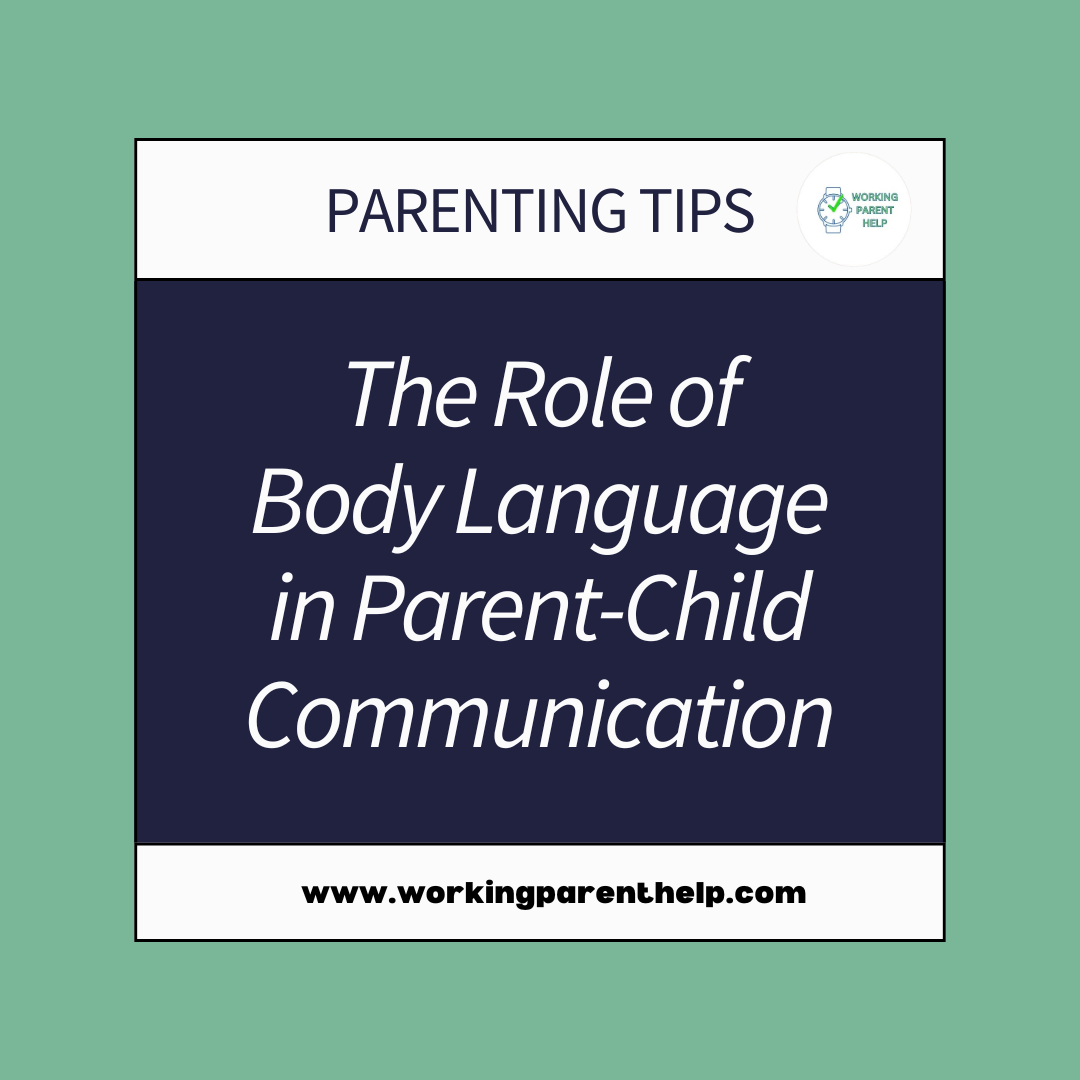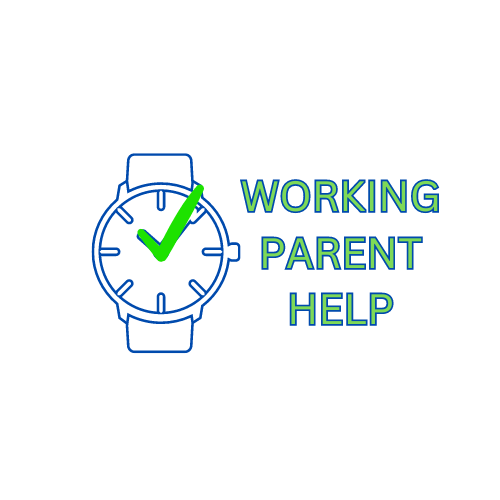
The Role of Body Language in Parent-Child Communication (Especially When You’re Juggling Soccer Practice and a Car Full of Crumbs)
1. Eye Contact Builds Trust (Unless You're Trying to Win a Staring Contest)
Ever notice how your kid lights up when you really look at them? Like, eye-to-eye, “I’m not also checking my emails” eye contact?
Eye contact shows them you’re fully present. It tells them: “Hey, you matter to me, even if I haven't had a warm coffee since 2009.”
Try this at the dinner table—look at them when they’re talking about their day, even if the story involves Minecraft and you’re 47% sure they made up three of the characters. It’s not just about hearing them—it’s about seeing them.
👉 Bonus: Next time you're at the dinner table, keep your seasoning game on point with the SpiceWhirl Rotating Ferris Wheel Seasoning Rack Organizer. Because nothing says “I love you” like passing the garlic powder on a tiny carnival ride.
2. Open Posture Encourages Openness (Crossed Arms = Closed Chats)
Let’s play a game. Sit with your arms crossed and your face all scrunched. Now ask your kid how school was. 🤔
Body language tip: If your body is saying “I’m stressed and closed off,” your child will mirror that. On the other hand, open posture—relaxed arms, uncrossed legs, a soft face—says “I’m listening.”
Even kneeling or sitting at their level can make a big difference. It shows humility, approachability, and the ability to fold yourself like an origami parent.
3. Facial Expressions Reflect Understanding (Try Not to Look Terrified When They Say “We Need to Talk”)
Your face is a giant billboard for how you're feeling. Kids pick up on it instantly—even faster than they can find the one marker without a cap and ruin your couch.
Show empathy with your expressions. A gentle nod, a raised brow, or even a big “Oh no!” face can show them you're in it with them.
Just maybe avoid your full-blown “I’m disappointed” face when they drop spaghetti on the carpet again. Remember, you're not just teaching them responsibility—you're modeling emotional intelligence.
4. Physical Touch Strengthens Connection (Also, You Might Need a Hug More Than They Do)
Sometimes a hug says more than a hundred words. Or a back rub during bedtime. Or a goofy high-five after they finish their homework.
Positive, safe physical touch builds trust and warmth. It tells them: “You're safe here. Even when your math homework gives me anxiety.”
And yes, those tickle fights? They’re emotional goldmines. Just don’t start one when you’re holding a full cup of coffee. That’s a rookie move.
5. Tone & Gestures Shape Meaning (And They Know When You're Faking It)
Ever say “I’m fine” through gritted teeth while aggressively wiping down the counter? Yeah. Kids notice that. Your tone of voice matters—a lot.
Saying “I’m proud of you” in a monotone is not the same as saying it with warmth and a goofy grin. Same words. Totally different meaning.
And gestures? HUGE. A simple thumbs up, arms wide open, or even a dramatic hair flip (yes, dads too) makes communication more engaging—and memorable.
Bonus points if your kids catch on and start using your signature gestures. I mean, imitation is the sincerest form of parenting flattery, right?
Why Body Language Matters More Than Ever (Especially in the Chaos)
For working parents, time is scarce and patience can be... even scarcer. But body language is your secret parenting weapon. It works in the car, at bedtime, on the sidelines, and while power-cleaning the van before your in-laws visit.
Speaking of cleaning — don’t forget to treat yourself to something that makes your chaotic life easier, like the FoamBlast Powerful High-Pressure Foam Sprayer for Car Cleaning. Because parenting is messy, but your car doesn't have to be.
Final Tip: Don’t Just Watch Their Words—Watch Their Cues
Kids are still learning how to express big feelings. That tantrum? Might actually be fear. That eye roll? Could be a cry for attention.
So watch their body language, too. Sit beside them instead of in front of them. Mirror their tone gently. Let your presence speak louder than your Wi-Fi signal.
Because sometimes, the best conversation is one where no one’s talking—but both of you feel heard.
